How to Elevate Your Interior Design Using Lighting Techniques
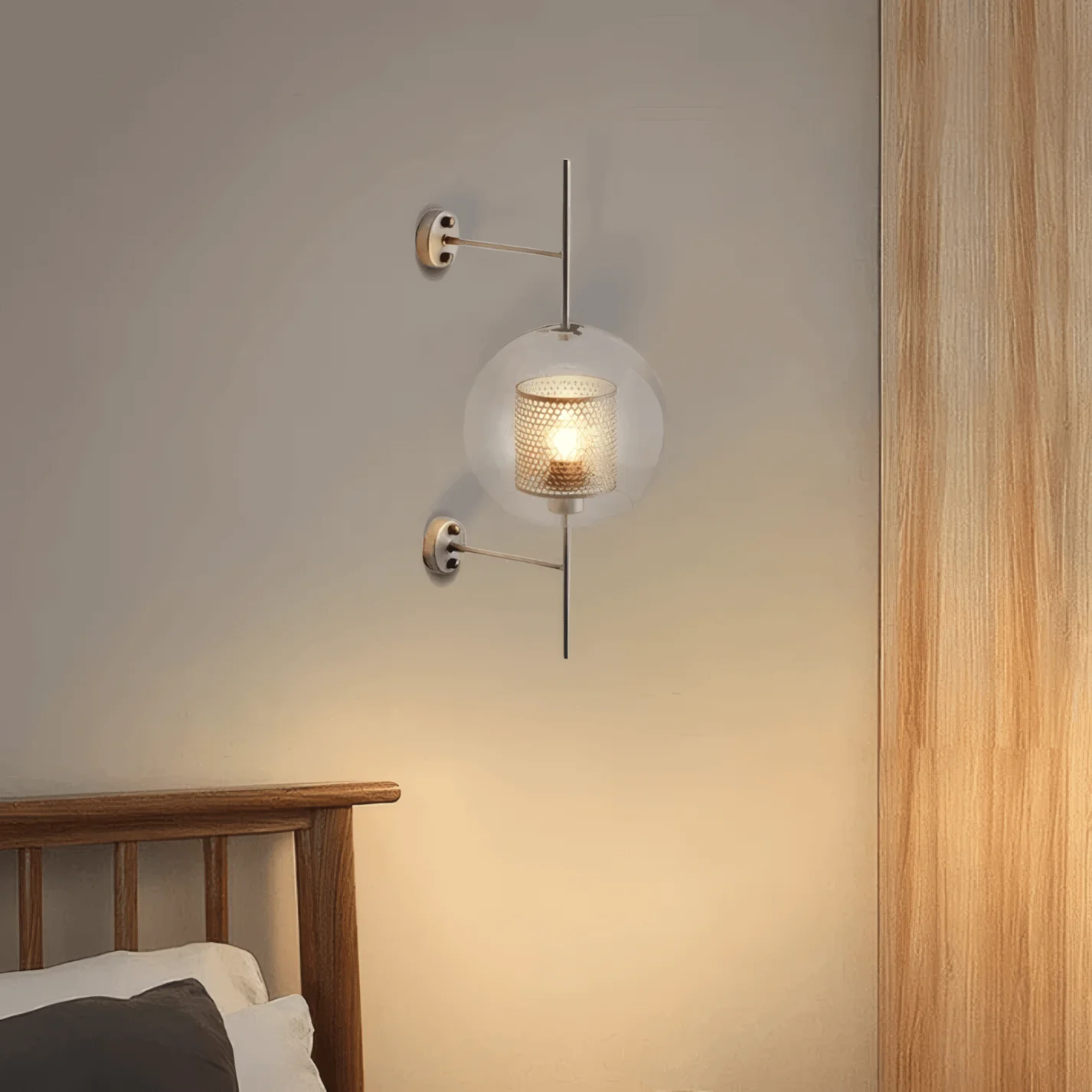
Imagine walking into a room that feels dull and lifeless. Now, picture the same space bathed in warm, inviting light that instantly uplifts your mood. That’s the magic of lighting—it doesn’t just brighten a room; it transforms it. Thoughtful choices can elevate home decor by creating ambience, enhancing functionality, and adding a touch of personality. You can highlight architectural features like intricate facades or decorative elements, turning them into captivating focal points. From illuminating spaces for safety to crafting an atmosphere perfect for entertaining, lighting is your secret weapon to light your home with style.
Key Takeaways
Layered lighting is important. Use ambient, task, and accent lights together. This makes any room feel balanced and welcoming.
Pick the right bulb colour. Warm light feels cosy, while cool light helps you concentrate. Use them in the right spaces.
Add dimmers and adjustable lights. These let you change brightness easily for different moods or events.
Use accent lights to show off special features. This makes your home look more exciting and beautiful.
Think about eco-friendly lighting. LED bulbs and natural light save energy and help the planet.
Layered Lighting Techniques to Elevate Home Decor
Ambient Light: The Foundation of a Room
Ambient light serves as the backbone of any room’s lighting design. It’s the general illumination that ensures the space feels inviting and functional. Think of it as the sunlight streaming through your windows during the day or the soft glow of ceiling fixtures at night. Without it, a room can feel incomplete or even unwelcoming.
To create the perfect ambience, you can use overhead fixtures like chandeliers or recessed lights. These provide even illumination across the room. For a softer touch, consider floor lamps or wall-mounted sconces. They add warmth and charm while maintaining the room’s overall brightness. Dimmer switches are a game-changer here. They let you adjust the intensity of the light, transforming your space from a lively gathering spot to a cosy retreat with just a twist of the knob.
When planning your ambient lighting, focus on balance. Avoid overly bright lights that can feel harsh or dim ones that leave corners in shadow. The goal is to create a harmonious glow that elevates your home decor and sets the stage for other lighting layers.
Task Lighting: Combining Functionality and Style
Task lighting is where practicality meets design. It’s all about providing focused light for specific activities like reading, cooking, or working. Imagine trying to chop vegetables in a dimly lit kitchen or squinting at a book under a weak lamp. Task lighting ensures you never have to struggle with such scenarios.
Desk lamps, under-cabinet lights, and pendant lights are excellent choices for task lighting. They not only illuminate work surfaces but also add a stylish touch to your decor. For instance, a sleek desk lamp can enhance your study area, while under-cabinet lights in the kitchen can make meal prep a breeze. Pendant lights above a dining table or kitchen island can double as statement pieces, blending functionality with aesthetic appeal.
Task lighting does more than just brighten your workspace. It defines functional zones within a room, making your home feel organised and purposeful. Plus, it reduces eye strain and boosts productivity, ensuring you can focus on your tasks without discomfort. By choosing the right fixtures, you can elevate home decor while enhancing your daily life.
Accent Lights: Highlighting Key Features
Accent lighting is the secret weapon for adding drama and focus to your interiors. It’s the layer that draws attention to specific elements in a room, like artwork, textured walls, or architectural details. If ambient light is the foundation and task lighting is the workhorse, accent lighting is the artist, painting your space with highlights and shadows.
Wall washing is a popular technique for accent lighting. It spreads light evenly across a wall, making the room feel larger and brighter. This method works wonders for smooth surfaces and can beautifully showcase paintings or photographs. On the other hand, wall grazing creates a more dramatic effect. It highlights textured walls by casting shadows that emphasise their depth and character. Imagine a stone feature wall bathed in soft light, its rugged surface coming alive with every contour.
Spotlights, track lights, and LED strips are versatile tools for accent lighting. Use them to highlight textured walls, sculptures, or even indoor plants. The key is to position the lights strategically, ensuring they enhance the room’s focal points without overwhelming the space. With the right approach, accent lighting for focus can transform your home into a gallery-worthy masterpiece.
Creative Ways to Add Lighting to a Room
Statement Lights: Chandeliers, Pendants, and Sculptural Fixtures
Statement lighting as art can transform a room into a visual masterpiece. Chandeliers, pendants, and sculptural fixtures are not just functional; they are bold design elements that command attention. Imagine a grand chandelier dripping with crystals, casting intricate patterns across your ceiling. It doesn’t just illuminate—it tells a story.
Pendants offer versatility. Hang them above a dining table or kitchen island to create a focal point that blends elegance with practicality. Sculptural fixtures, on the other hand, push boundaries. They act as art pieces, adding a contemporary edge to your decor. For instance, a geometric pendant light can inject modern flair into a minimalist room.
Interior designers often use lighting as architecture, concealing fixtures to enhance visual effects. This approach draws parallels to theatrical techniques, where lighting sets the mood and directs focus. The Light ARchitect App showcases how tailored lighting solutions revitalise spaces, from trails to restaurants. Whether you choose chandeliers or sculptural fixtures, statement lighting transforms rooms into captivating environments.
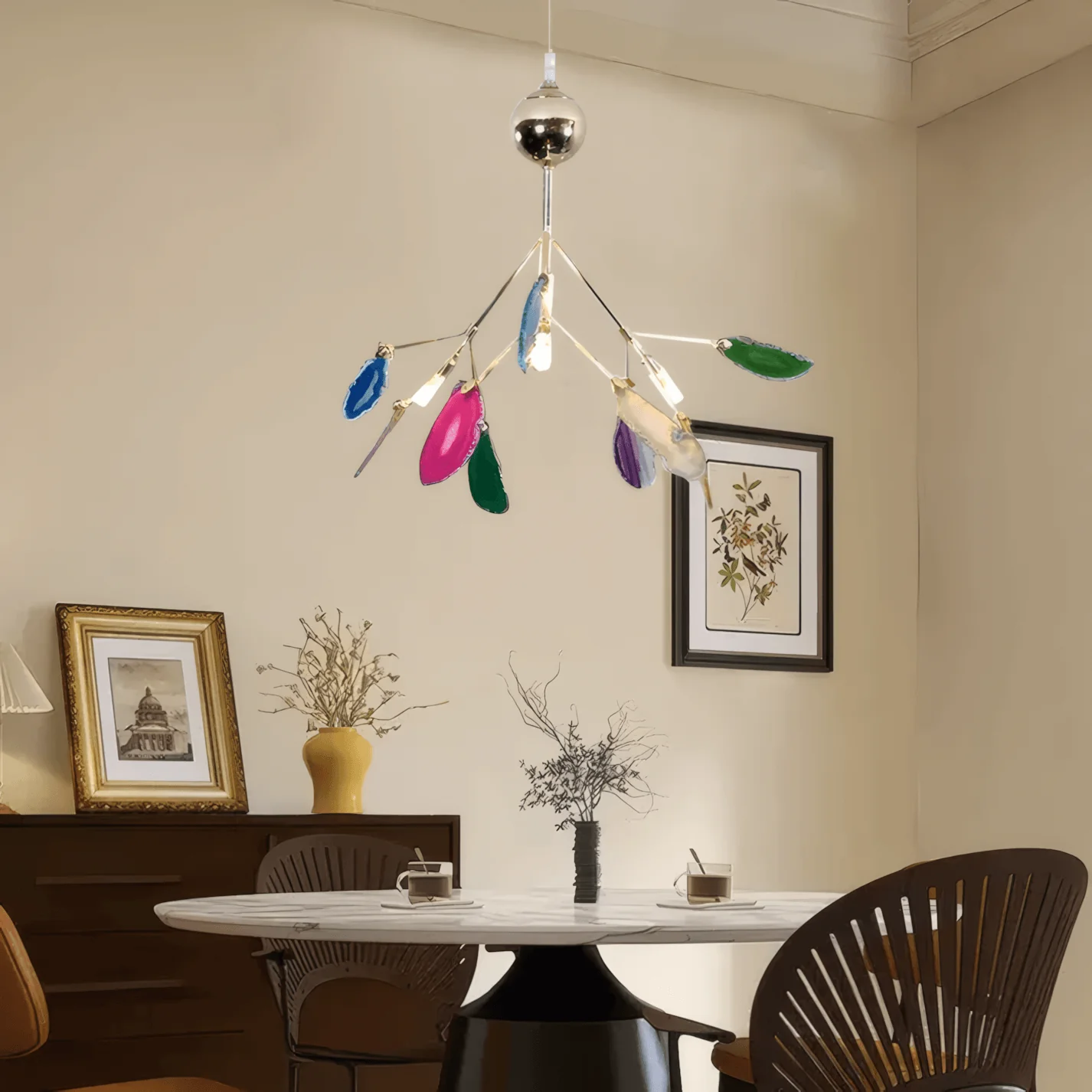
Beautiful Chandeliers
Sign up to get 18% off your first purchase
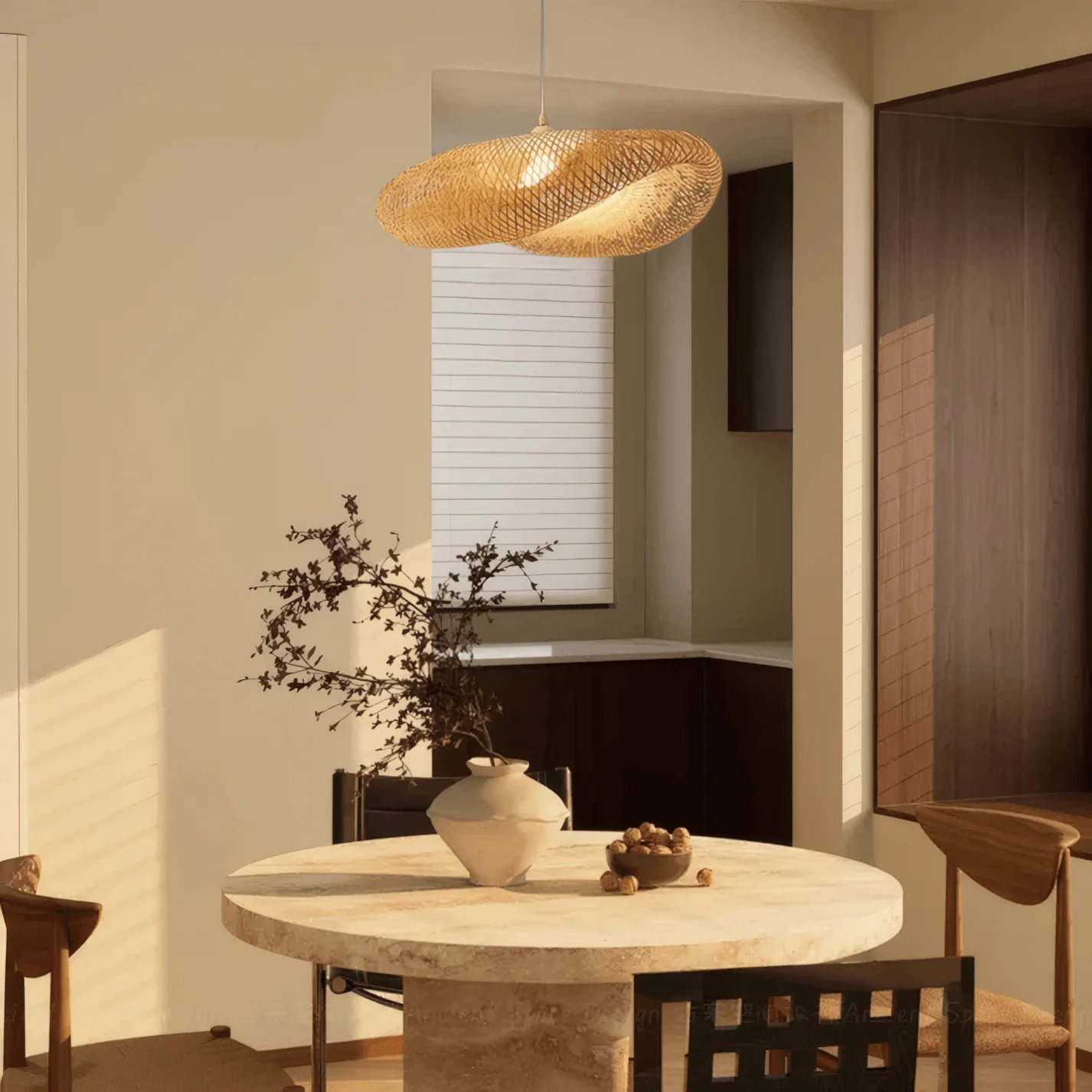
Beautiful Pendant Light
Sign up to get 18% off your first purchase
Decorative Lighting: Fairy Lights, LED Strips, and Wall Sconces
Decorative lighting adds charm and personality to your space. Fairy lights draped over a headboard or woven into a bookshelf create a whimsical atmosphere. LED strips, with their ability to change colours, bring dynamic energy to a room. Place them under cabinets or along staircases for a futuristic vibe. Wall sconces, meanwhile, combine elegance with functionality. They frame mirrors or artwork beautifully, adding depth and interest to your decor.
Accent lighting enhances room ambiance by drawing attention to specific details. Strategic placement evokes emotion and creates focal points. For example, fairy lights can soften a bedroom’s mood, while LED strips can energise a gaming setup. Decorative lighting doesn’t just brighten—it transforms.
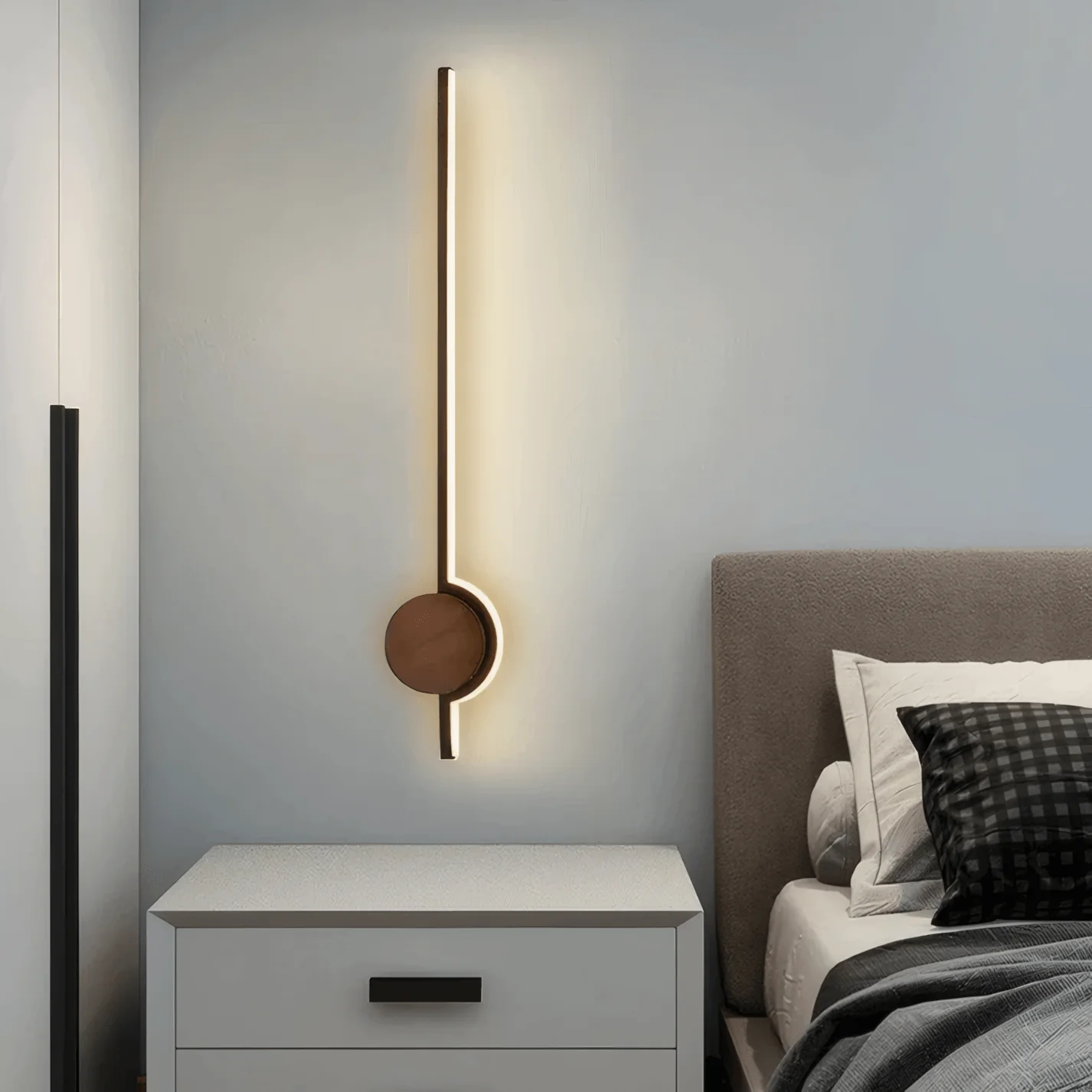
Beautiful Wall Lamps
Sign up to get 18% off your first purchase
DIY Lighting Ideas: Personalised and Budget-Friendly Options
DIY lighting projects let you add lighting to a room in a way that’s uniquely yours. They’re cost-effective and satisfying. Create a mason jar chandelier for a rustic touch or repurpose old wine bottles into pendant lights. These projects don’t just save money; they add character to your home.
The DIY home improvement market is booming. Homeowners want personalised solutions that reflect their style. Sustainability is also driving this trend. Use eco-friendly materials like bamboo or recycled glass to craft your fixtures. Linear lighting offers versatility, allowing you to experiment with accent and general lighting in creative ways.
Evidence Description |
Key Insight |
|---|---|
Growing need for personalised living spaces |
Homeowners are increasingly seeking tailored solutions for their decor, driving the DIY market. |
Cost-effectiveness of DIY projects |
Consumers prefer DIY as a budget-friendly alternative to hiring professionals. |
Demand for sustainable materials |
There is a rising interest in eco-friendly options among consumers, influencing DIY choices. |
DIY lighting lets you express creativity while staying within budget. It’s not just about saving money—it’s about creating a home that feels truly yours.
Room-Specific Lighting Tips for Every Space
Living Room: Balancing Comfort and Elegance
Your living room is the heart of your home, where comfort meets style. Lighting plays a pivotal role in creating an inviting atmosphere while showcasing your decor. Layered lighting is the secret to achieving this balance. Combine ambient, task, and accent lights to craft a space that feels both functional and elegant.
Start with ambient lighting to set the mood. Chandeliers or recessed lights provide a warm glow that fills the room. Add task lighting for practicality—floor lamps near seating areas are perfect for reading or relaxing. Accent lighting, such as LED strip lights or wall sconces, highlights design elements like artwork or textured walls.
Dimmable smart lighting offers flexibility. Brighten the room for gatherings or dim the lights for cosy evenings. Choose warm white light for relaxation or cool white for focus. These lighting solutions transform your living room into a space that adapts to your needs.
Lighting Type |
Description |
|---|---|
Layering |
Combining various light sources to create an inviting and functional space. |
LED Strip Lights |
Enhances ambiance and practicality, providing warmth and brightness. |
Dimmable Smart Lighting |
Allows for mood adjustments, from bright for gatherings to soft for cosy evenings. |
Colour Temperature |
Warm white fosters relaxation, while cool white enhances focus and visibility. |
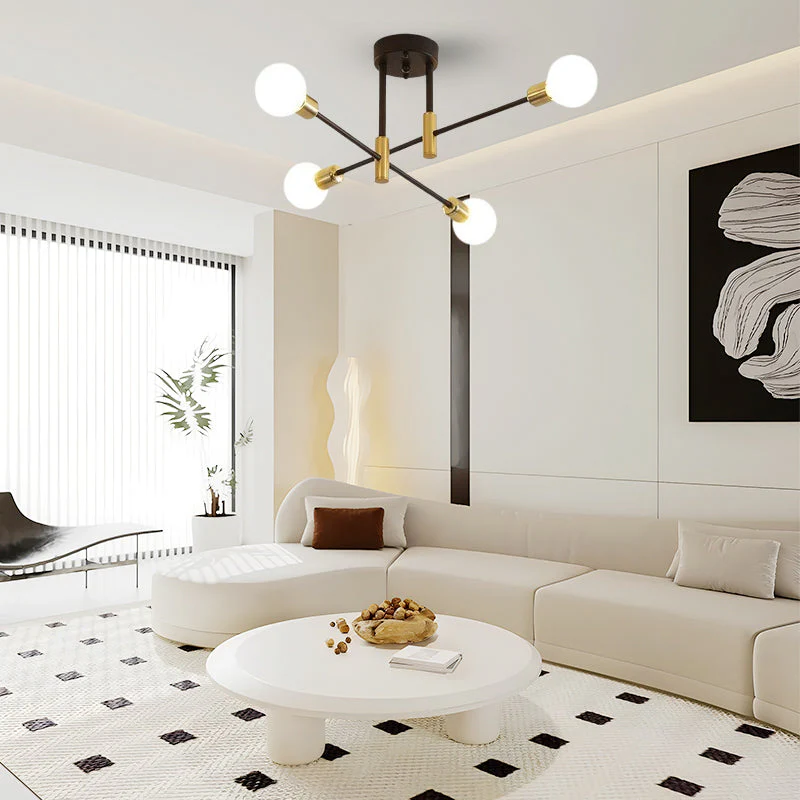
Living Room
Sign up to get 18% off your first purchase
Bedroom: Creating a Relaxing and Cosy Retreat
Your bedroom should be a sanctuary, a place where you unwind and recharge. Lighting here needs to prioritise comfort and tranquillity. Maximise natural light during the day by using sheer curtains or blinds. At night, opt for soft, warm lights to create a calming atmosphere.
Bedside lamps are essential for task lighting. They’re perfect for reading or journaling before bed. Fairy lights draped across the headboard add a whimsical touch, while wall sconces frame mirrors or artwork beautifully. Accent lighting can also highlight architectural features, like a textured wall or a cosy reading nook.
Dimmers are a game-changer in bedrooms. Adjust the brightness to suit your mood—bright for getting ready in the morning, soft for winding down at night. These tips ensure your bedroom feels like a cosy retreat tailored to your needs.
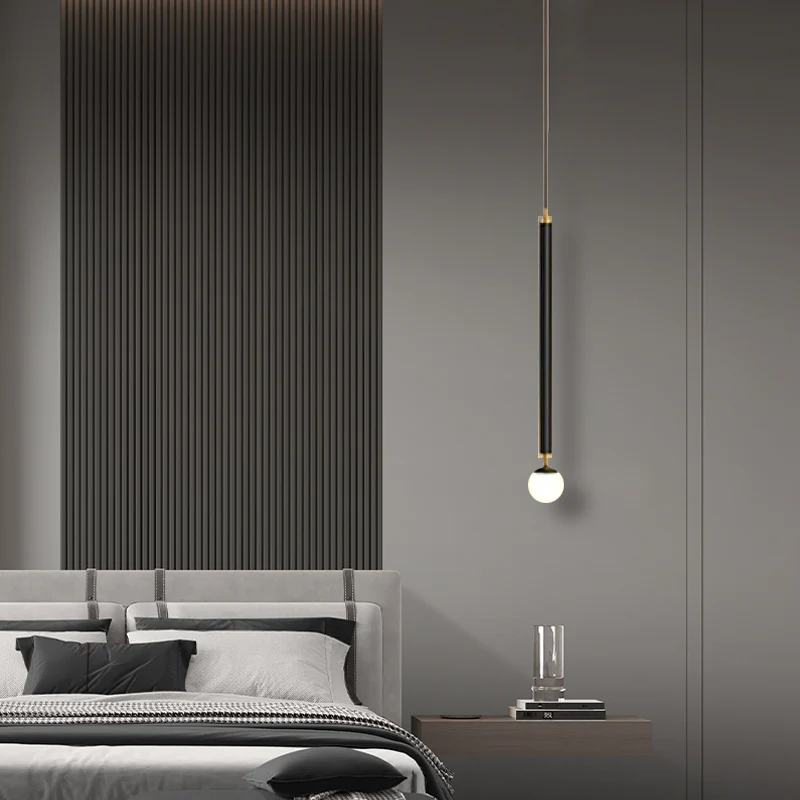
Bedroom
Sign up to get 18% off your first purchase
Kitchen: Practical and Stylish Lighting Solutions
The kitchen is a hub of activity, requiring lighting solutions that combine practicality with style. Start by maximising natural light. Position workspaces near windows or use reflective surfaces to amplify daylight.
Under-cabinet lights are a must for task lighting. They illuminate countertops, making meal prep safer and easier. Pendant lights above the island or dining table add a touch of elegance while providing focused light. Track lighting offers versatility, allowing you to adjust the direction of the lights to suit your needs.
Disadvantages of Track Lighting |
|
|---|---|
Easy Installation |
Environmental Wear |
Visual Appearance |
Cost |
Versatility |
|
Space and Energy Efficiency |
|
Changeability |
|
Flexibility |
Warm white light fosters a welcoming atmosphere, while cool white enhances visibility for detailed tasks. These lighting solutions ensure your kitchen is both practical and stylish, making it a joy to work and gather in.
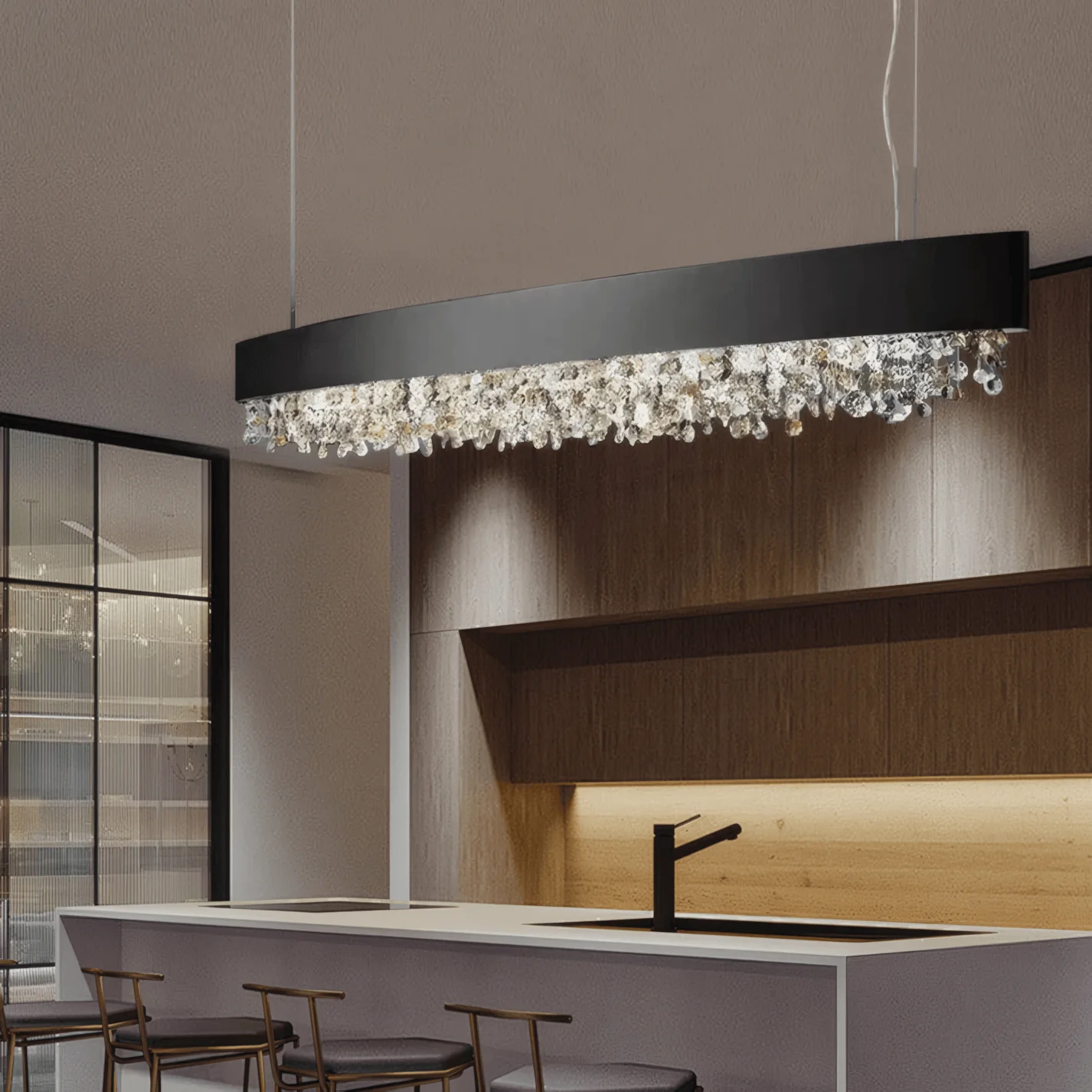
Kitchen
Sign up to get 18% off your first purchase
Bathroom: Achieving a Spa-Like Glow
Your bathroom can become more than just a functional space. With the right lighting, it transforms into a luxurious spa-like retreat. Imagine stepping into a room where soft, soothing light washes over you, melting away the stress of the day. Sounds dreamy, doesn’t it?
Start by incorporating advanced chromotherapy systems. These lighting setups use coloured LED lights to create a multisensory experience. Each colour has unique effects on your mood and body. For example:
Blue calms your mind and promotes relaxation.
Green restores balance and harmony.
Red energises and invigorates your senses.
Recessed LED lights are perfect for steam showers. They provide bright, safe illumination in wet areas. You’ll feel like you’re in a high-end spa every time you step into the shower.
Tip: Use dimmer switches to adjust the lighting intensity. Brighten the room for your morning routine or dim the lights for a calming evening soak.
For a touch of elegance, add LED strips under vanities or along the edges of mirrors. These subtle lights create a soft glow that enhances the room’s ambience. Pair them with warm white bulbs to achieve a cosy, inviting atmosphere.
Don’t forget to layer your lighting. Combine ambient light with task lighting around the mirror for grooming and accent lighting to highlight decorative features. This approach ensures your bathroom feels both functional and indulgent.
With these techniques, your bathroom becomes a haven of relaxation. You’ll never want to leave your spa-like sanctuary!
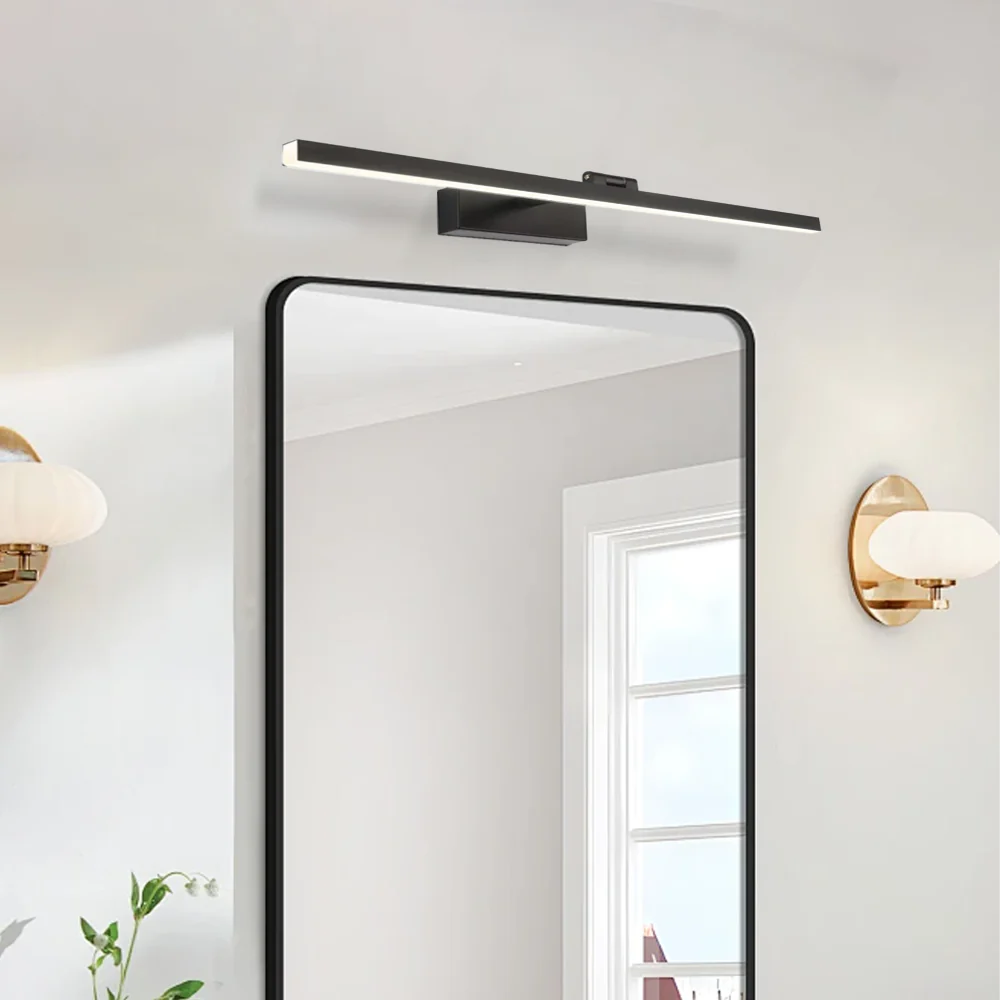
Bathroom
Sign up to get 18% off your first purchase
Common Lighting Mistakes to Avoid
Ignoring the Importance of Layered Lighting
Layered lighting is not just a fancy term—it’s the backbone of a well-lit room. Ignoring it can lead to a space that feels flat and uninspiring. Imagine relying solely on a single overhead light. The result? Harsh shadows, uneven brightness, and a room that lacks depth. Layered lighting combines ambient, task, and accent lights to create a balanced and functional environment.
Failing to layer lighting can have real consequences. Poor lighting can strain your eyes, especially when working or reading. Flickering lights or overly bright setups might even trigger headaches. And let’s not forget fatigue—bad lighting disrupts your natural rhythms, leaving you feeling drained. Check out this table for a quick breakdown of the negative impacts:
Negative Impact |
Description |
|---|---|
Eye Strain |
Prolonged exposure to screens can lead to discomfort and difficulty focusing due to poor lighting. |
Headaches |
Flickering lights and inappropriate brightness can trigger headaches and migraines. |
Fatigue |
Poor lighting disrupts circadian rhythms, increasing fatigue and reducing alertness. |
Mood Disturbance |
Both excessively dim and overly bright lighting can negatively affect mood and increase stress. |
To avoid these pitfalls, embrace the magic of layered lighting. Use ambient light as your base, task lights for functionality, and accent lights to highlight key features. It’s one of the best lighting hacks to transform your home.
Choosing the Wrong Bulb Colour Temperature
The colour temperature of your bulbs can make or break a room’s vibe. Too warm, and your space might feel like a dimly lit cave. Too cool, and it could resemble a sterile hospital. Research shows that bulb colour temperature directly affects your mood and comfort. Low temperatures (around 2700 K) create a cosy, relaxed atmosphere—perfect for bedrooms or living rooms. Neutral temperatures (4000 K) work wonders for tasks like reading or dining. Higher temperatures boost focus and memory, making them ideal for workspaces.
When choosing bulbs, think about the room’s purpose. Want a snug reading nook? Opt for warm light. Need a productive home office? Go for cooler tones. This simple lighting hack ensures your space feels just right.
Overlooking Dimmers and Adjustable Fixtures
Dimmers and adjustable fixtures are the unsung heroes of lighting design. Without them, you’re stuck with one level of brightness, which can feel limiting. Dimmers let you control the intensity of your lights, adapting the mood to suit any occasion. Hosting a dinner party? Lower the lights for a cosy ambience. Need to focus on a project? Brighten things up.
Adjustable fixtures add flexibility. You can direct light exactly where you need it, whether it’s a spotlight on artwork or a reading lamp by your favourite chair. These lighting hacks not only enhance functionality but also elevate your decor. Don’t overlook them—they’re small changes with big impact.
Poor Placement of Lights
Lighting placement can make or break a room’s design. Imagine a beautiful living space ruined by shadows in all the wrong places or a kitchen where the worktop is perpetually in darkness. Poor placement of lights doesn’t just affect functionality; it can also sabotage the aesthetic appeal of your home.
Here’s where things often go wrong:
Overhead lights that create harsh shadows: A single ceiling fixture can leave corners feeling gloomy and faces looking ghostly.
Lights positioned too high or too low: Fixtures placed too high can make a room feel cold, while lights set too low might blind you instead of illuminating the space.
Ignoring focal points: Forgetting to highlight key features like artwork or architectural details can make your decor feel flat and uninspired.
Tip: Always test your lighting placement before committing. Move fixtures around and observe how the light interacts with the room.
To avoid these pitfalls, think strategically. Place lights where they enhance functionality and complement the room’s design. For example, in the kitchen, under-cabinet lighting ensures your countertops are well-lit for cooking. In the living room, floor lamps near seating areas create cosy reading spots.
Common Mistake |
Solution |
|---|---|
Overhead lights only |
Add floor lamps or sconces to balance the lighting. |
Ignoring focal points |
Use accent lights to highlight artwork or textured walls. |
Fixtures too high/low |
Position lights at eye level for a comfortable and flattering glow. |
Remember, lighting isn’t just about brightness; it’s about creating a mood. By placing lights thoughtfully, you can transform your home into a space that feels both functional and fabulous. So, grab a lamp and start experimenting—you might just discover your inner lighting designer!
Energy-Efficient and Smart Lighting Solutions
Benefits of LED Lights for Sustainability
Switching to LED lighting is one of the smartest moves you can make for your home. These bulbs are like the superheroes of the lighting world—efficient, durable, and eco-friendly. They consume far less energy than traditional incandescent bulbs, which means you save money while reducing your carbon footprint.
Here’s the best part: LEDs last significantly longer. You won’t find yourself constantly replacing bulbs, which saves you time and effort. On average, households can save about $225 annually on energy costs by making the switch. Considering lighting accounts for roughly 15% of a home’s electricity use, this is a game-changer for your wallet.
Tip: Choose LED bulbs with a warm colour temperature for a cosy vibe or cooler tones for workspaces. This way, you get both sustainability and style in one package.
Smart Lighting Systems for Modern Homes
Imagine walking into a room, and the lights automatically adjust to your mood or activity. That’s the magic of smart lighting systems. These world-class lighting solutions combine technology and convenience to create a seamless experience.
Smart lighting doesn’t just save energy—it transforms how you interact with your home. Systems use sensors and user data to optimise energy consumption. For example, lights can dim when no one’s in the room or brighten when you’re working. They even recognise your habits, tailoring the lighting to suit your lifestyle.
Benefit |
Description |
|---|---|
Energy Savings |
Sensors and user data reduce unnecessary energy consumption. |
Customized Solutions |
Behaviour recognition creates personalised lighting experiences. |
Occupancy-Based Optimisation |
Lights adjust based on room occupancy, enhancing comfort and efficiency. |
Note: Smart lighting isn’t just about efficiency; it adds a layer of luxury to your home. You’ll wonder how you ever lived without it!
Eco-Friendly Lighting Practices to Reduce Energy Use
Adopting eco-friendly lighting practices is a brilliant way to cut down on energy use. By increasing lighting efficiency, you can significantly lower electricity consumption during peak periods. For instance, energy-efficient lighting could reduce winter daily mean electricity consumption by 2.34 GWh by 2029. That’s a massive 60% drop compared to 2015 levels!
These practices also help avoid the need for additional fossil fuel generation during winter peaks. This reduces strain on electricity distribution networks and saves on costly infrastructure upgrades. It’s a win-win for both your home and the planet.
Tip: Use natural light to your advantage. Position mirrors strategically to reflect sunlight and brighten your space. Pair this with energy-efficient bulbs to maximise savings.
Eco-friendly lighting isn’t just a trend—it’s a necessity. By embracing these solutions, you contribute to a greener future while enjoying a more sustainable home.
Lighting holds the power to transform your home into a haven of style and functionality. By layering different types of lighting, you can elevate home decor while creating a tailored atmosphere for every room. Advanced techniques, like cove lighting or smart systems, add depth and flexibility, making your space both practical and visually stunning. With the architectural lighting market projected to grow significantly, now is the perfect time to embrace these innovations. Experiment boldly, and let lighting redefine your home’s ambience and charm.
Tip: Thoughtful lighting choices can create ambience that uplifts your mood and enhances your daily life.
FAQ
What is the best way to layer lighting in a room?
Start with ambient lighting as your base. Add task lights for functionality, like desk lamps or under-cabinet fixtures. Finally, use accent lights to highlight artwork or architectural features. Layering creates depth and balance, making your space feel both functional and stylish.
How do I choose the right bulb colour temperature?
Think about the room’s purpose. Warm light (2700K) creates a cosy vibe for bedrooms or living rooms. Neutral light (4000K) works well for kitchens or dining areas. Cool light (5000K) boosts focus, making it ideal for workspaces. Match the bulb to the mood you want.
Can smart lighting really save energy?
Absolutely! Smart lighting systems use sensors to adjust brightness based on room occupancy. They also let you schedule lights to turn off when not needed. This reduces energy waste and lowers your electricity bill. Plus, they add a touch of futuristic convenience to your home.
Are LED lights worth the investment?
Yes! LEDs last longer and consume less energy than traditional bulbs. They save you money in the long run and reduce your carbon footprint. With options for warm or cool tones, they’re versatile enough to suit any room’s decor and purpose.
How can I make my lighting more eco-friendly?
Use natural light whenever possible. Position mirrors to reflect sunlight and brighten your space. Switch to energy-efficient LED bulbs. Add dimmers to control brightness and reduce energy use. These small changes make a big difference for the planet and your wallet.

